Legal Services Lincolnshire looks to set up alternative business structure to keep hold of legal work
- Details
Legal Services Lincolnshire (LSL) has put forward proposals to set up an alternative business structure to ensure it can continue to provide legal advice to its partner councils when they deliver services through new structures such as companies without risk of it acting contrary to the requirements of the Solicitors Regulation Authority.
A paper prepared by Lincolnshire County Council's Chief Legal Officer, David Coleman, says an ABS would also allow LSL to provide services more widely in the future “as opportunity arises and capacity allows”.
The document was due to be considered yesterday (25 April) by the county’s Overview and Scrutiny Management Board, ahead of a meeting of the Executive on 8 May where the plans will be discussed.
LSL is a shared service between Lincolnshire County Council, Boston Borough Council, East Lindsey District Council, North Kesteven District Council, South Holland District Council and West Lindsey District Council.
It was created in 2008 and has been operating on a trading basis since 2010. The service is hosted by the county council and all staff within the service are employees of the county council.
The vast majority of LSL's work is carried out for the county council and district partners although some work worth approximately £150,000 is carried out for other external public bodies. Any surplus achieved over and above the costs of the service is distributed back to the partners.
“There may be opportunities to pursue other external work in future,” the report says, adding that partner councils had indicated their support for the proposals.
An options appraisal carried out by LSL looked at the following five models:
- No change. Retain solely a local authority shared services partnership structured as an in-house trading unit of Lincolnshire County Council.
- Create an ABS alongside the in-house trading unit to act for non-partner clients. Staff would be made available to the ABS where necessary to work for clients who can only be provided with services through the ABS.
- Create an ABS instead of an existing in-house trading unit as a non-Teckal trading company owned by the Council. All services including those to existing Partners would be delivered through the ABS and all staff would transfer into the ABS and be employed by it. Partner entitlement to surplus shares would need to be secured through the constitution of the company –probably through dividends on shareholdings.
- Create an ABS instead of an existing in-house trading unit as a Teckal trading company owned by the Partners.
- Partner with an existing local authority ABS. Under this option LSL could become a local branch of a wider local authority ABS with ambitions outside its immediate area.
The paper recommends option b for the following reasons:
- The priority should be to secure in-house capacity for the county council and existing partners "rather than to pursue external income for its own sake".
- The model needs to ensure regulatory problems do not prevent LSL providing services expected by the partners both to them and any new entities they establish.
- The attraction of external income is "welcome insofar as it is consistent with the sustainability of the service".
- There are concerns about the capacity of the existing service to accommodate additional external work and about its ability to attract the additional capacity that would be needed to enable trading on any scale.
- While a trading ABS might be able to offer higher pay, such additional costs will either have to be passed on to the partners in higher rates or covered by new external work. "There is no evidence of a widespread market from which those additional costs could be covered by new work."
- Disruption to existing services and the resources required to give effect to any proposal should be minimised. A full trading model would require most resource and be most disruptive.
A copy of the paper can be viewed here.
Solicitor - Litigation
Regulatory/Litigation Lawyer
Contracts Lawyer
Legal Director - Government and Public Sector
Lawyer (Planning and Regulatory)
Legal Adviser
Deputy Director Legal and Democratic Services
Governance Lawyer
Solicitor/Lawyer (Contracts and Procurement)
Antisocial Behaviour Legal Officer
Locum roles
 Masterclass – MCA and Court of Protection - Legal Update - Peter Edwards Law Training
Masterclass – MCA and Court of Protection - Legal Update - Peter Edwards Law Training
21-01-2026
Online (live)
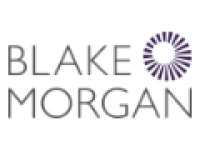 Managing settlements: the legal and practical issues, and the pitfalls to avoid - Blake Morgan
Managing settlements: the legal and practical issues, and the pitfalls to avoid - Blake Morgan
22-01-2026 10:00 am
Online (live)
 Children and Young People (DoL, Competency and Capacity) - Peter Edwards Law Training
Children and Young People (DoL, Competency and Capacity) - Peter Edwards Law Training
28-01-2026
Online (live)
 HMPL Building Blocks: Legal Tools to Combat Anti-Social Behaviour - Devonshires
HMPL Building Blocks: Legal Tools to Combat Anti-Social Behaviour - Devonshires
17-02-2026
Online (live)
 Freedom of thought, belief and religion: Article 9 ECHR - Francis Taylor Building
Freedom of thought, belief and religion: Article 9 ECHR - Francis Taylor Building
19-02-2026
Online (live)
 Grappling with S73 - variations of conditions applications or appeals - Ivy Legal
Grappling with S73 - variations of conditions applications or appeals - Ivy Legal
09-03-2026
Online (live)
 HMPL Building Blocks: Tenancy Management – Assignment, Mutual Exchange and Succession - Devonshires
HMPL Building Blocks: Tenancy Management – Assignment, Mutual Exchange and Succession - Devonshires
12-03-2026
Online (live)
 Section 31(2A) Senior Courts Act: where have we got to? - Francis Taylor Building
Section 31(2A) Senior Courts Act: where have we got to? - Francis Taylor Building
18-03-2026 1:00 pm
Online (live)
 Save the Date: The Law of Public Rights of Way, Commons and Town or Village Greens Seminar (Hybrid) - Francis Taylor Building
Save the Date: The Law of Public Rights of Way, Commons and Town or Village Greens Seminar (Hybrid) - Francis Taylor Building
25-03-2026
London
 HMPL Building Blocks: A Housing Officer’s Guide to Court Proceedings - Devonshires
HMPL Building Blocks: A Housing Officer’s Guide to Court Proceedings - Devonshires
14-04-2026
Online (live)
















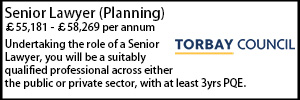






















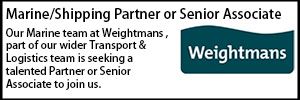
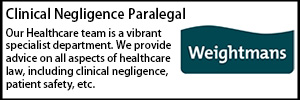

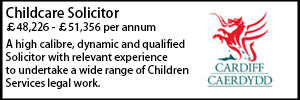

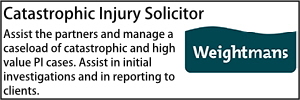
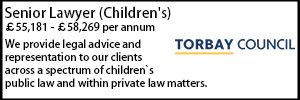
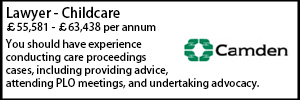




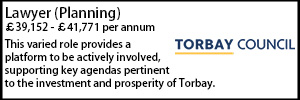



















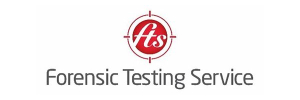




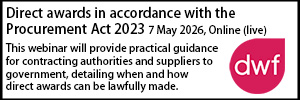
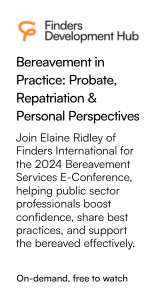
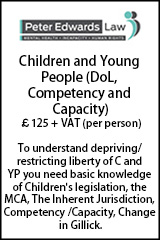
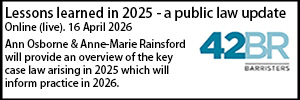

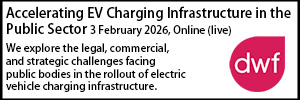


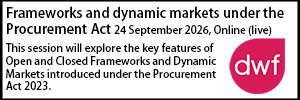
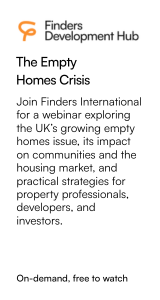
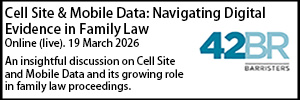
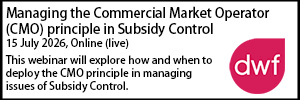


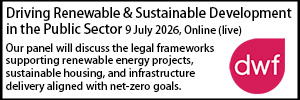
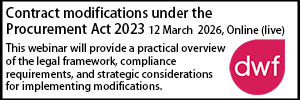


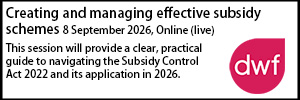
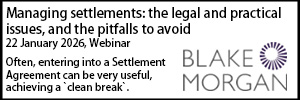

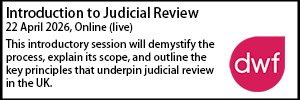


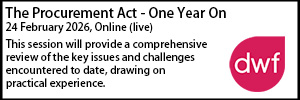
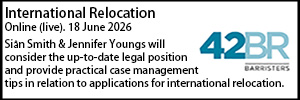
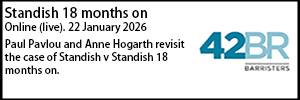



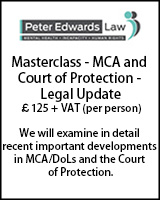
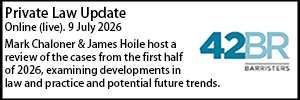
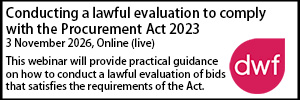


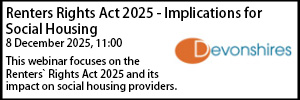
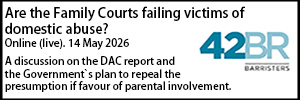
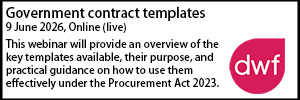
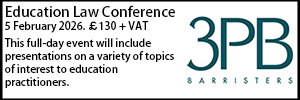


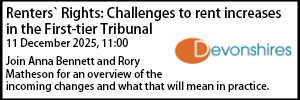
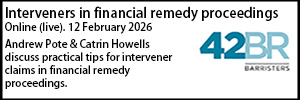
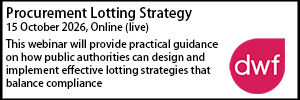


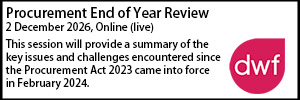
 First Aid Level 3 - LBL Skills
First Aid Level 3 - LBL Skills  Capsticks Housing Diploma
Capsticks Housing Diploma  Standish 18 months on - 42BR
Standish 18 months on - 42BR  Accelerating EV Charging Infrastructure in the Public Sector - DWF
Accelerating EV Charging Infrastructure in the Public Sector - DWF  Building Safety Act Conference 2026 - Landmark Chambers
Building Safety Act Conference 2026 - Landmark Chambers  Education Law Conference - 3PB
Education Law Conference - 3PB  Annual Planning Seminar 2026 - No.5 Barristers
Annual Planning Seminar 2026 - No.5 Barristers 